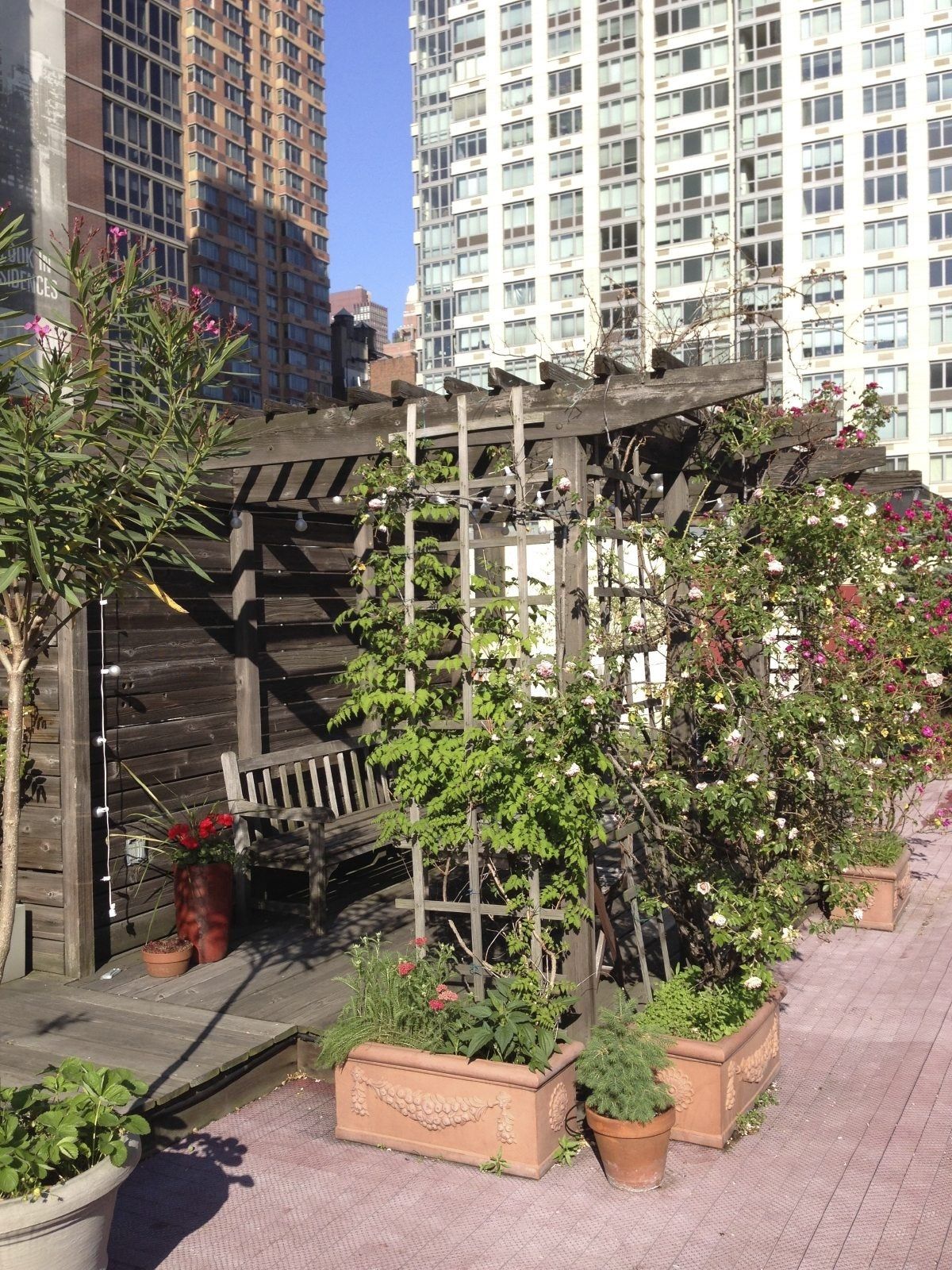All About City Blooming
All About City Blooming
Blog Article
3 Easy Facts About City Blooming Described
Table of ContentsExcitement About City BloomingThe 45-Second Trick For City BloomingExamine This Report about City BloomingThe Of City BloomingThe Of City Blooming
Fascinated in expanding food to buy in the City of Chicago? Thinking of starting a neighborhood garden? Adjustments to the Chicago Zoning Statute enable agricultural uses like community yards and urban farms in many components of the city. Below is a listing of regularly asked concerns concerning the regulations and laws that growers ought to think about when planning a city agriculture project.
The zoning change does not modify any other codes handling composting, structure permits, purchasing or renting City possessed residential or commercial property, company licenses or ecological contamination. There are existing codes that control these issues and they stay completely result and may be suitable to your task. Community yards are typically had or handled by public entities, public companies or community-based companies and maintained by volunteers.
Urban farms expand food that is planned to be marketed, either on a not-for-profit or for-profit basis. Due to their business function, metropolitan ranches call for an organization certificate.
Little Known Facts About City Blooming.
Composting is enabled however just for plant material that is generated and used on site. The amount of compost material can not go beyond 25 cubic backyards at any kind of provided time according to the standards in 7-28-715 of the City's Municipal Code. Yes. Due to the fact that the dirt at a lot of brand-new garden sites needs modifying, compost, soil, wood chips, or other products can be acquired to create or enhance the growing space - urban gardening.

If a structure permit is required then the hoophouse will certainly be thought about an accessory structure. You can learn more concerning the structure permit needs by speaking to the Division of Structures. The 25,000-square-foot size restriction is planned to stop a single community garden from controling a given block or diminishing the block's existing domestic or commercial character.
The limitation does not use to yards situated in Public Open Room (POS) districts. Can there be even more than one neighborhood garden that is 25,000 square feet on a single block? Fence is not needed, nevertheless, gardens that have big auto parking locations might be called for to install fence or various other landscape design attributes.
City Blooming Fundamentals Explained
B1 & B2 areas call for that all industrial usage activities be conducted indoors. Is fence needed for urban ranches? Fencings may be required, along with landscape design and screening, for specific car park areas and exterior job or Get the facts storage space areas depending on area and the certain task taking place.
Urban ranches need building licenses and zoning approvals prior to construction (garden care). Various other types of city review might be called for depending on specific structures, activities, size, landscaping, licensing, public heath and stormwater monitoring concerns.
The Department of Service Matters and Consumer Security can assist determine the particular type of service permit that's called for. Off road vehicle parking is needed for the majority of business projects in Chicago. The called for number of car park areas is based on the number of staff members working on website and not the square video footage of the expanding room.
Not known Facts About City Blooming

Yes. A metropolitan ranch can sell garden compost product created on website, nevertheless, the operation should abide with the laws in 7-28-715 of the Chicago Municipal Code. Yes. Aquaponic systems are permitted indoors on metropolitan farms in numerous zoning areas. A zoning review and structure permit is called for in order to install structures or systems and a service license is required as defined over.
Up to five hives or swarms of honey may be kept as an accessory usage. However, beekeepers need to sign up with the Illinois Department of Farming. For additional information about the proposed zoning amendment you might call the Division of Real Estate and Economic Growth, Bureau of Preparation and Zoning at 312.744.8563.
Farming in cities and city locations An urban ranch in Chicago. Urban agriculture describes different practices of cultivating. https://gravatar.com/danielnold94107, handling, and dispersing food in city areas. The term additionally puts on the location tasks of animal husbandry, tank farming, beekeeping, and cultivation in an urban context. Urban agriculture is distinguished from peri-urban agriculture, which occurs in backwoods beside suburbs.
The Ultimate Guide To City Blooming
It can involve a movement of organic cultivators, "foodies" and "locavores", who seek to form social networks based on a shared principles of nature and neighborhood holism. These networks can develop by way of official institutional support, becoming integrated into local town as a "shift community" movement for lasting city advancement.
The a lot more straight accessibility to fresh veggie, fruit, and meat products that might be understood through urban agriculture can enhance food safety and food safety while reducing food miles, bring about reduced greenhouse gas emissions, therefore adding to climate change mitigation. Some of the very first proof of city farming originates from Mesopotamia.
Report this page